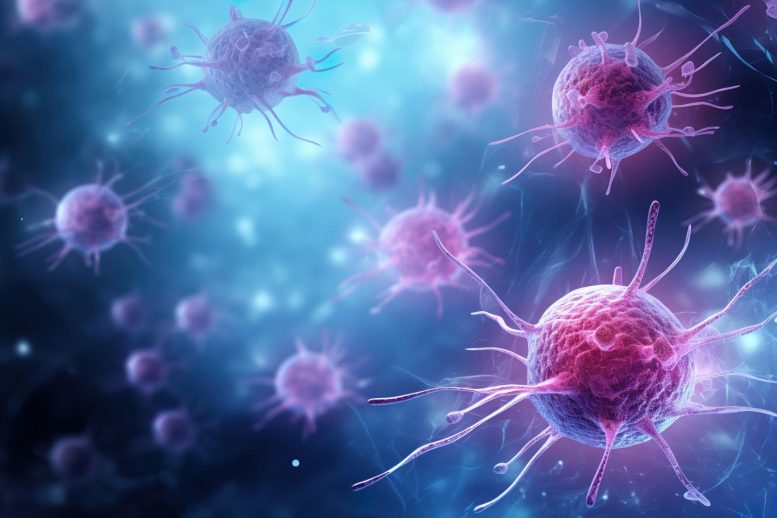
Researchers at CU Boulder have discovered that endogenous retroviruses, remnants of ancient viruses in the human genome, play a significant role in cancer development. Their study found that silencing these viruses can enhance the effectiveness of cancer treatments by turning off genes that promote tumor growth. This finding opens up potential new approaches to cancer therapy by targeting viral DNA embedded in our genome. Credit: SciTechDaily
Endogenous retroviruses contribute to cancer development, and silencing them can make treatments more effective, offering a new target for cancer therapies.
Hidden within the human genome, among the 20,000 genes that serve as building blocks of life, are flecks of DNA left behind by viruses that infected primate ancestors tens of millions of years ago. These ancient hitchhikers, known as endogenous retroviruses, were long considered inert or ‘junk’ DNA, defanged of any ability to do damage.
The Impact of Ancient Viruses on Modern Health
In a study recently published in the journal Science Advances, researchers from CU Boulder reveal that when endogenous viruses are reawakened, they can play a critical role in helping cancer survive and thrive. The study also suggests that silencing certain endogenous retroviruses can improve the efficacy of cancer treatments.
“Our study shows that diseases today can be significantly influenced by these ancient viral infections that until recently very few researchers were paying attention to,” said senior author Edward Chuong, an assistant professor of molecular, cellular, and developmental biology at CU’s BioFrontiers Institute.
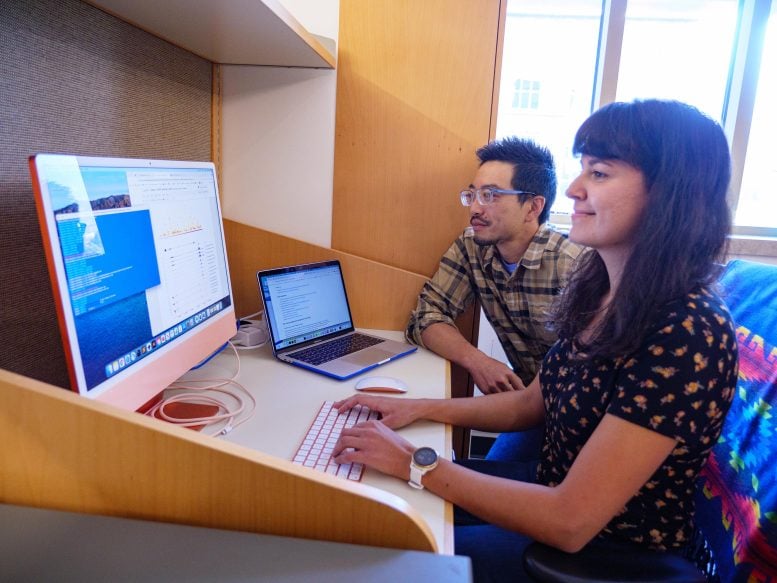
Study authors Ed Chuong, left and Atma Ivancevic in their office at the BioFrontiers Institute at CU Boulder. Credit: Glenn Asakawa/CU Boulder
Genetic Fossils and Their Role in Evolution
Research shows approximately 8% of the human genome is made up of endogenous retroviruses that slipped into the cells of our evolutionary ancestors, coaxing their hosts to copy and carry their genetic material. Over time, they infiltrated sperm, eggs, and embryos, baking their DNA like a fossil record into generations to come —and shaping evolution along the way.
Although they can no longer produce functional viruses, Chuong’s research has shown that endogenous retroviruses can act as “switches” that turn on nearby genes. Some have contributed to the development of the placenta, a critical milestone in human evolution, as well as our immune response to modern-day viruses like COVID.
“There’s been a lot of work showing these endogenous retroviruses can be domesticated for our benefit, but not a lot showing how they might hurt us,” he said.
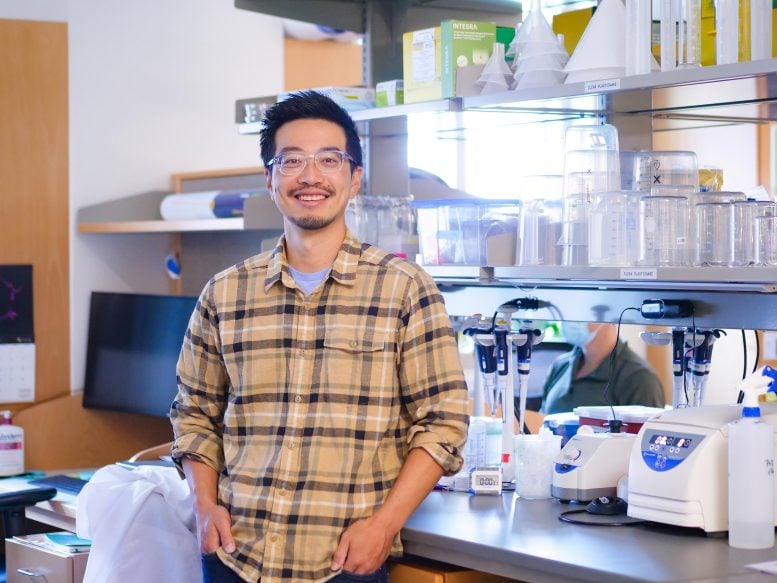
Genome biologist Edward Chuong in his lab at CU Boulder’s BioFrontiers Institute. Credit: Glenn Asakawa/CU Boulder
Exploring the Link Between Endogenous Retroviruses and Cancer
To explore their role in cancer, Chuong and first author Atma Ivancevic, a research associate in his lab, analyzed genomic data from 21 human cancer types from publicly available datasets.
They found that a specific lineage of endogenous retrovirus known as LTR10, which infected some primates about 30 million years ago, showed surprisingly high levels of activity in several types of cancer, including lung and colon cancer. Further analysis of tumors from dozens of colorectal cancer patients revealed that LTR10 was active in about a third of them.
When the team used the CRISPR gene editing tool to snip out or silence sequences where it was present, they discovered that critical genes known to promote cancer development and growth also went dark.
“We saw that when you silence this retrovirus in cancer cells, it turns off nearby gene expression,” said Ivancevic.
Endogenous Retroviruses and Cancer Treatments: A New Frontier
Experiments in mice yielded similar results: When an LTR10 “switch” was removed from tumor cells, key cancer-promoting genes, including one called XRCC4, switched off too, and treatments to shrink tumors worked better.
“We know that cancer cells express a lot of genes that are not supposed to be on, but no one really knows what is turning them on,” said Chuong. “It turns out many of the switches turning them on are derived from these ancient viruses.”
Notably, the endogenous retrovirus they studied appears to switch on genes in what is known as the MAP-kinase pathway, a famed cellular pathway that is adversely rewired in many cancers. Existing drugs, known as MAP-kinase inhibitors, likely work, in part, by disabling the endogenous retrovirus switch, the study suggests.
The authors note that just this one family of retrovirus regulates as many as 70 cancer-associated genes in this pathway. Different lineages likely influence different pathways that promote different cancers.
Chuong suspects that as people age, their genomic defenses break down, enabling ancient viruses to reawaken and contribute to other health problems too.
“The origins of how diseases manifest themselves in the cell have always been a mystery,” said Chuong. “Endogenous retroviruses are not the whole story, but they could be a big part of it.”
Reference: “Endogenous retroviruses mediate transcriptional rewiring in response to oncogenic signaling in colorectal cancer” by Atma Ivancevic, David M. Simpson, Olivia M. Joyner, Stacey M. Bagby, Lily L. Nguyen, Ben G. Bitler, Todd M. Pitts and Edward B. Chuong, 17 July 2024, Science Advances.
DOI: 10.1126/sciadv.ado1218

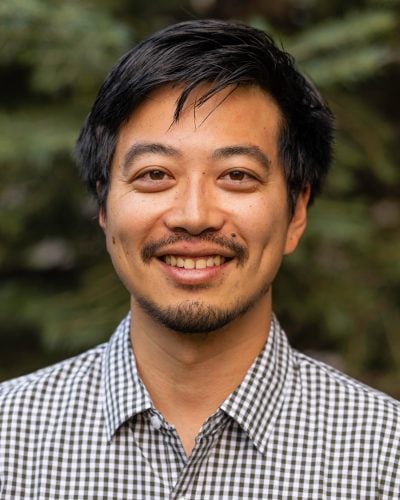
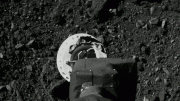


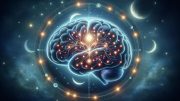

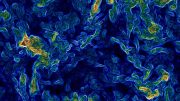
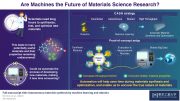
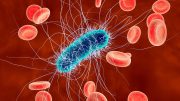
Be the first to comment on "Ancient Viruses Hidden in Your DNA Fuel Modern-Day Cancers"